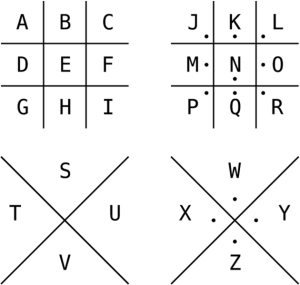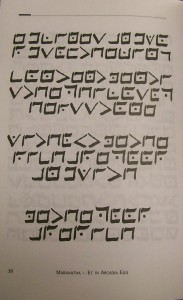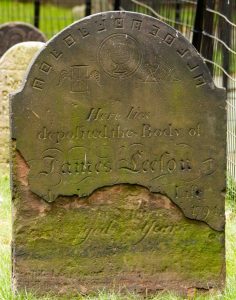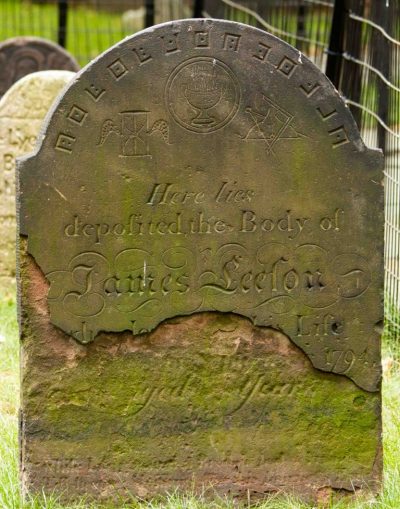The Pigpen Cipher is a simple substitution cipher. Each letter is replaced by another symbol by using fragments of a grid as a key. Although there are different geometric formats and arrangements for the key to be made, the following shows one example of a key as it was applied in the Maranatha Armchair Treasure Hunt.


Using the above key, the text of the Maranatha treasure hunt book could be decoded and read. From there the Maranatha puzzle began, and searchers set off to try to understand the meaning behind the written text and images within the book to discover the powerful and hidden historic ‘key’.
It is believed the pigpen cipher method was used in the Maranatha puzzle because of its historical connections to Freemasonry. It was mentioned in the Maranatha Companion book that Freemasons of the 1700’s had utilized the pigpen cipher to keep their records private, and so maybe the creators of the Maranatha Puzzle chose to use the cipher in their puzzle book because of this. Was it a clue? Who knows; but it was later claimed the Key was possibly kept secret by those involved in Masonic Workings (along with other Masters of the past). This hunt ended in early 2011, but parts of the puzzle remain unsolved yet today (more on that here: Maranatha: Et in Arcadia Ego).
Interestingly to the subject, one of the oldest graves within Trinity Church of Manhattan also felt it fun to use the cipher. James Leeson, who was obviously a Mason, left a coded message on his tombstone in 1794. As can be seen above the engraved Winged Hourglass, the Flaming Urn, and a collage of the Square, Compass, and Level, all Masonic Symbols, is Leeson’s message.

For those who knew the code, like his Masonic Brothers would have, it could easily be read.
Can you read it?
Here is the key.

Treasure each day as it was your last!
.


“REMEMBER DEATH”
Unless the letters need to be rearranged. I say that because the 2 dots seem to be one on top of the other, instead of sideways to each other. Reading it as the dots being sideways would mean reading it from either side as the top of the order, possibly, but neither one makes sense. At least not in English.
I’ve run it assuming the 2 dots have to run sideways, both ways and that doesn’t make sense.
I’ve run it right side up and upside down, assuming it doesn’t matter which way the 2 dots run, and the only thing that makes sense is my answer above.